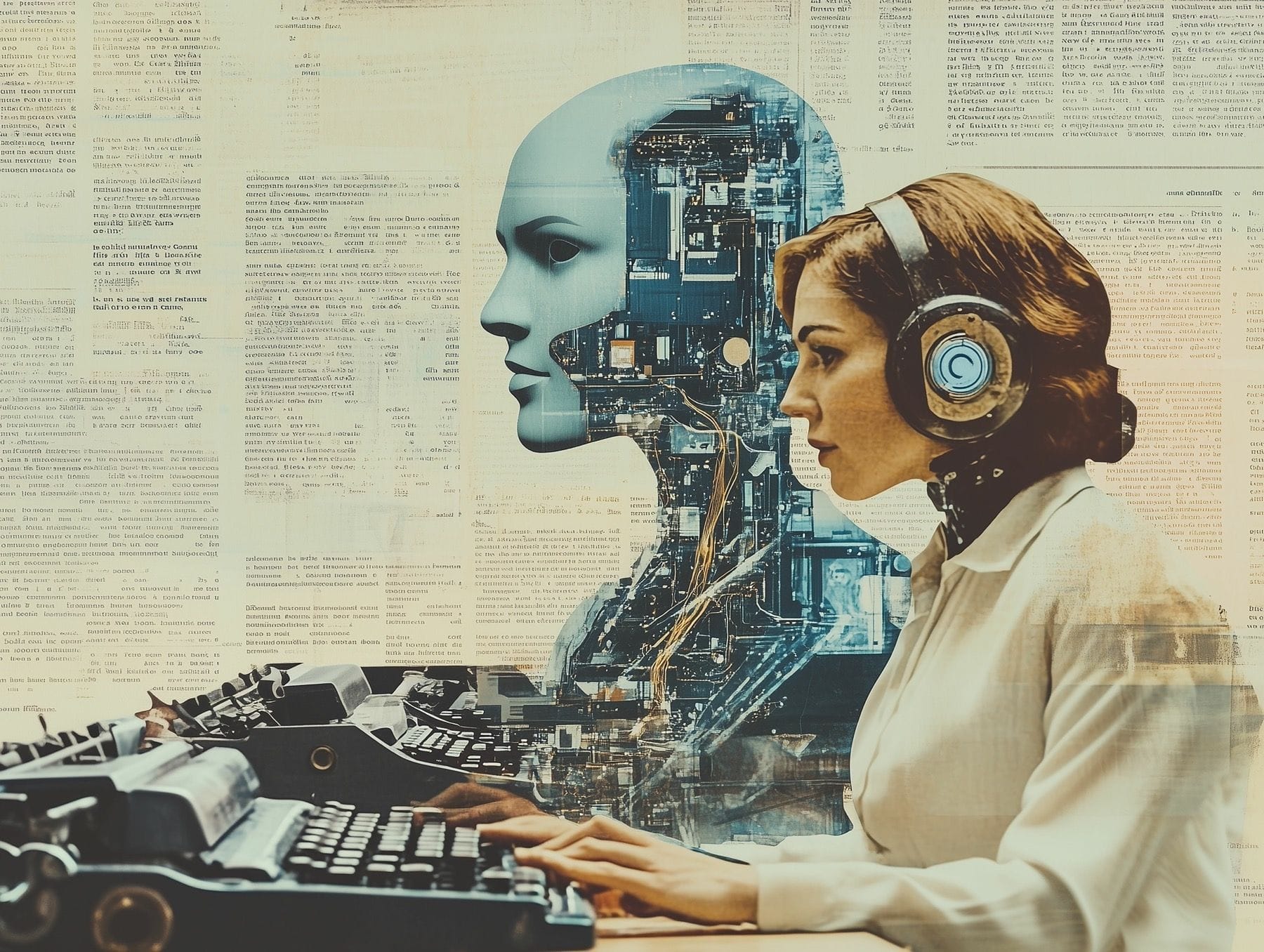Redefining Authorship: Human Creativity & AI in Copyright Law
Can AI-generated works be copyrighted—and if so, by whom? This article unpacks the evolving intersection of human creativity, machine-generated content, and U.S. copyright law, with a focus on landmark cases like Thaler v. Copyright Office.
Published on
AI-generated content is becoming increasingly prevalent in essentially every industry. As a result, there has been increased litigation involving the use of AI-generated art and the application of copyright protections. A major focal point pertains to the debate over who or what actually qualifies as an author under U.S. copyright law. The longstanding precedent, as is currently enacted into law, requires all authors to be human.
One of the most significant examples is the ongoing Thaler AI copyright case, which centers on inventor Stephen Thaler’s attempts to register copyrights for works autonomously produced by his AI system. Both the Copyright Office and courts have consistently rejected the notion that AI itself can be an author and have required clear evidence of human creative input to grant protection.
This case exemplifies the courts’ evolving interpretation of authorship and sets early precedents for the extent of human involvement necessary to secure copyright protection for AI-generated works.
The Copyright Office continues to emphasize that mere use of AI tools, such as prompting a system such as Midjourney or DALL-E 3 does not automatically confer authorship on the human user. Up to this point, the Office has distinguished between situations where the user exercises meaningful creative control and cases where the AI independently generates the final work. Recent decisions and guidelines suggest that a threshold of “human creativity” or “original authorship” must be demonstrated to support a valid copyright claim.
This further suggests that simple commands or algorithmic tweaking are insufficient to qualify for authorship. Instead, the human user needs to meaningfully guide the AI and contribute to the creative expression to qualify. Such an approach aligns with early rulings in the Thaler AI copyright case, where courts have generally upheld the requirement that the work be the product of humans, rejecting claims where the AI is seen as the true author.
These evolving legal standards are critically important because while this interpretation protects the core principles of copyright law, it also affects many AI-generated creations. The determination of authorship impacts whether and how such works can be licensed or enforced against infringement. The growing body of AI art copyright jurisprudence suggests that users who invest substantial creative effort through detailed prompts, iterative editing, or curation are more likely to establish authorship than those who rely on minimal input and more basic prompts.
In contrast, works generated with automated instructions may lack the requisite human authorship to qualify for copyright protection. This distinction is notable for artists and businesses leveraging AI tools, as well as for but also for attorneys advising clients on ownership and licensing.
The Thaler AI copyright case serves as a microcosm of evolving AI copyright law. As courts grapple with the tension between protecting human creativity and adapting to advances in artificial intelligence, further refinement of what constitutes sufficient human involvement is expected. Congress or the Copyright Office may eventually revisit the human authorship requirement explicitly, potentially creating new frameworks for AI-generated works. Until then, the current jurisprudence underscores the importance of human creativity and intervention as a cornerstone of copyright eligibility.
For IP counsel navigating the uncertain terrain of AI-generated art, these developments carry critical strategic lessons:
- Assess the degree of human creative input involved in generating the AI-assisted work
- Document detailed prompts, iterative revisions, and editorial decisions to strengthen copyright claims
- Review licensing agreements and platform terms of use, which often include provisions affecting ownership and rights
- Monitor evolving case law surrounding the Midjourney copyright and similar disputes, which will influence how courts weigh human authorship
- Prepare for ongoing uncertainty and potential legislative or regulatory changes in the field of AI art copyright.
The intersection of artificial intelligence and copyright law presents one of the most compelling intellectual property challenges of the decade. The Thaler AI copyright case exemplifies the difficulties courts face in applying traditional authorship doctrines to autonomous creative systems. As the law continues to develop, the key takeaway across industries for creators and legal practitioners alike is that human creativity remains the cornerstone of copyright protection for AI-generated works.


